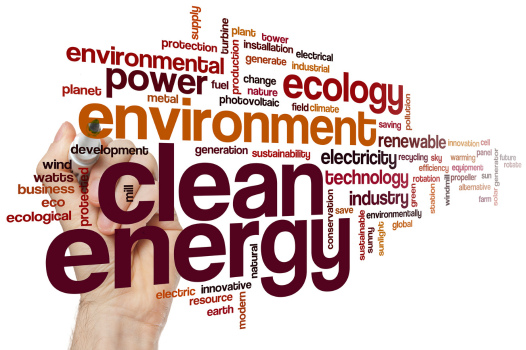At kroov, we know there’s a lot of jargon about sustainability. But, understanding eco-friendly terms helps you make choices for a cleaner planet. That’s why we’ve created this glossary to help you navigate the eco-lingo and common sustainability words. Let’s explore both familiar and new eco-friendly terminology and some acronyms you might encounter.
The climate crisis has brought many words and phrases into our vocabulary, making it challenging to keep track. To assist, we’ve compiled a comprehensive list of eco-friendly terminology.
Biodegradable
‘Biodegradable’ describes products that microorganisms like bacteria can break down. However, biodegradable plastics often still reach our oceans, and consumers may not know the required timeframe or possible toxic impacts.
Biodiversity
Biodiversity includes all kinds of life in an area: animals, plants, fungi, and microorganisms. Like an intricate web, each species and organism works in ecosystems to maintain balance and support life.
Carbon Emissions
Carbon Emissions or “CO2 emissions” are emissions stemming from the burning of fossil fuels (oil, coal, and gas), as well as deforestation. These activities are the primary causes of higher carbon dioxide concentrations in the atmosphere.
Carbon Footprint
A carbon footprint is an individual or company’s total carbon dioxide emissions. Every purchase we make generates carbon emissions, whether it be buying clothing, food, fuel or going on holiday. The less unnecessary carbon dioxide generated, the better. Many brands take measures to reduce their carbon footprint from manufacturing.
Carbon Sinks
A carbon sink is any system that absorbs more carbon than it emits, such as forests, mangroves, soil, and oceans.
Circular Economy
A circular economy maximises the use and circulation of resources while minimising waste, pollution, and the depletion of natural resources. Products, materials, and resources are reused, repaired, and recycled for as long as possible.
Conservation
Conservation involves the careful management and protection of natural resources, including plants, animals, habitats, and ecosystems, ensuring their sustainable use and preservation for present and future generations.
Deforestation
Deforestation involves removing forests or trees and converting the land to non-forest use, like farms, ranches, or urban development. The most concentrated deforestation occurs in tropical rainforests.
Fracking
Fracking involves injecting liquid at high pressure into subterranean rocks to extract oil or gas. This process causes small earthquakes and water and air pollution, and it isn’t compatible with declaring a climate emergency.
Global Warming
Global warming is the gradual increase in the earth’s atmospheric temperature, mainly due to the greenhouse effect caused by higher levels of carbon dioxide and other pollutants.
Greenwashing
Greenwashing occurs when companies claim, explicitly or through marketing, that their product or service is environmentally friendly when it isn’t. For instance, Shell Energy and recent Dettol adverts have been criticised for greenwashing.
Linear Economy
A linear economy extracts resources, uses them to create products, and then disposes of them as waste after their initial use. This leads to resource depletion and increased pollution and waste.
Net Zero
Net zero refers to balancing the greenhouse gas produced and the amount removed from the atmosphere. We reach net zero when the amount of greenhouse gas e.g. carbon dioxide we add to the atmosphere is no more than the amount taken away. The UK aims to bring all greenhouse gas emissions to net zero by 2050.
Sustainability
Sustainability refers to practices and actions that meet present needs without compromising the ability of future generations to meet their own needs. It encompasses environmental, social, and economic dimensions, balancing the needs of people and the planet for long-term viability and resilience.
At kroov, we believe that by working together, we can create a brighter, more sustainable future. Understanding these terms is a crucial step in making informed, eco-friendly choices.

